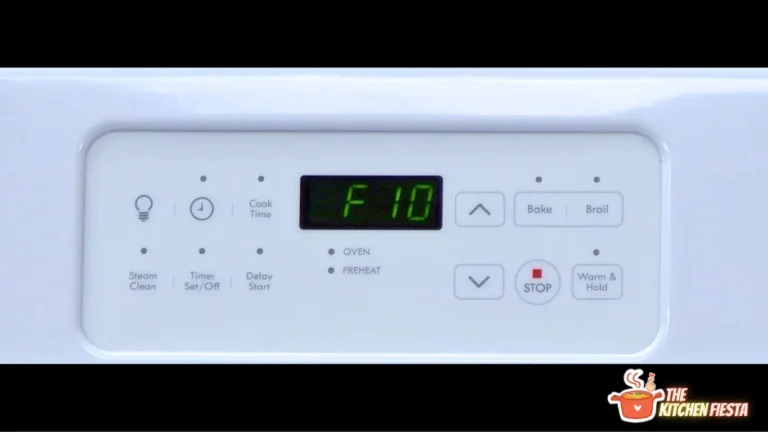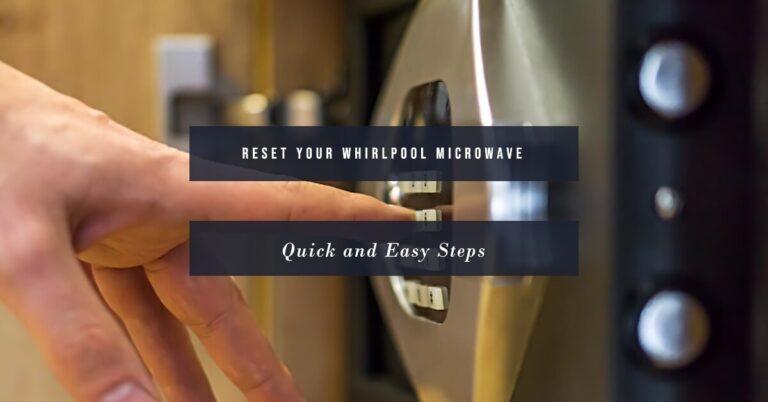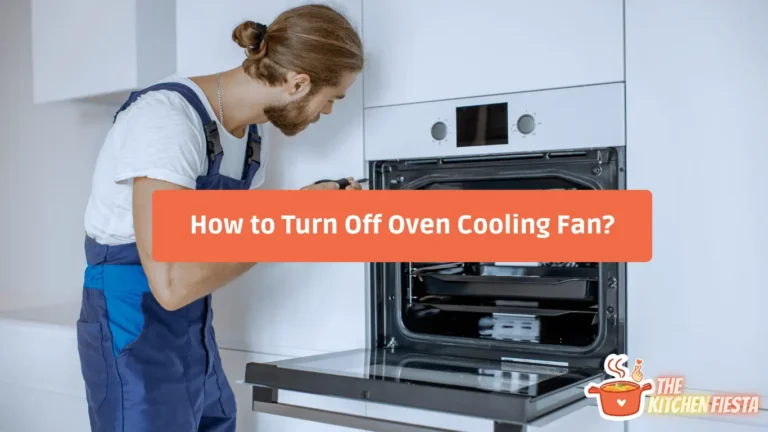What Does Oven Cycle Mean? A Simple Explanation
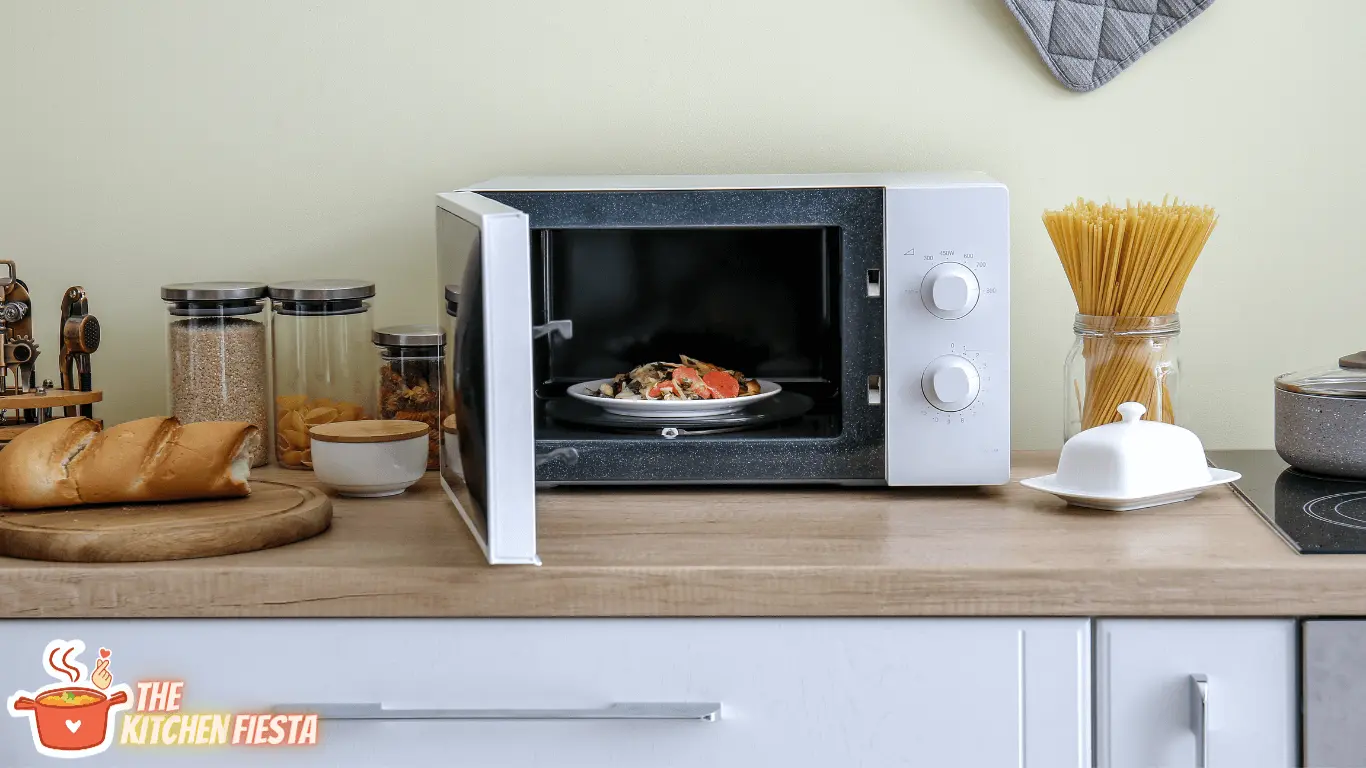
Understanding the different oven cycles and their meaning is essential for successful baking. The most common oven cycle is the Bake cycle, used to bake cakes, cookies, breads, and other baked goods. This cycle heats the oven to a specific temperature and maintains that temperature for a set amount of time. What Does Oven Cycle Mean?
In terms of an oven, a cycle refers to the different stages of heating that the oven goes through to reach the desired temperature. There are typically three cycles: preheat, bake, and cool down. The oven cycle refers to the various settings that your oven has. For example, most ovens will have bake and broil cycles.
Both gas and electric ovens will cycle on and off throughout the cooking cycle to maintain the set temperature. When the oven temperature has dropped below the set temperature, the oven cycles on again to provide heat and will cycle off once the temperature is higher than the set temperature. Understanding how your oven cycles is important to ensure that your baked goods come out perfectly every time.
What is an Oven Cycle?
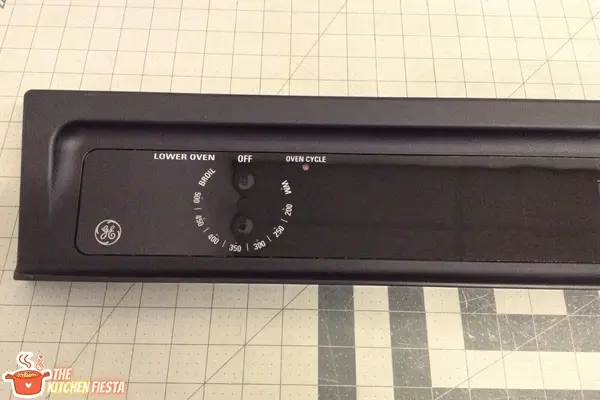
An oven cycle is a process of heating and cooling an oven to maintain a specific temperature range. It plays a vital role in the cooking process, and it is important to understand how it works to get the best results from your oven.
Most ovens have three main cycles: preheat, bake, and cool down. The preheat cycle is when the oven heats up to the desired temperature before you put in your food. The bake cycle is when you cook your food at a specific temperature. The cool-down cycle is when the oven cools down after cooking.
During the oven cycle, the temperature inside the oven can fluctuate depending on the oven’s design and the type of food being cooked. To ensure that your food is cooked evenly, it is important to understand how to use the different cycles and settings on your oven.
An oven cycle is a process of heating and cooling an oven to maintain a specific temperature range. Understanding how it works is essential for getting the best results from your oven.
Types of Oven Cycles
Ovens come with different cycles and settings; understanding them can help you get the most out of your oven. The following are some of the most common types of oven cycles.
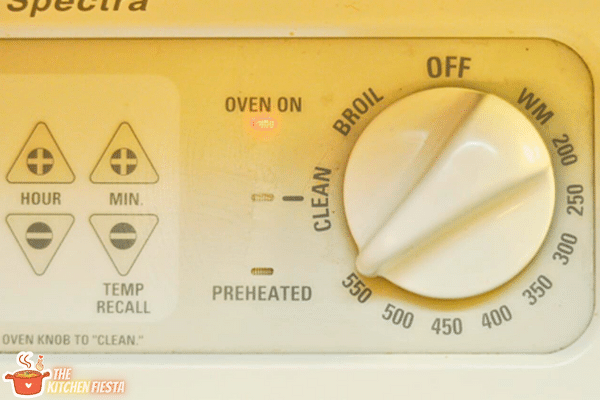
1. Preheat Cycle
The preheat cycle is the first step in using your oven. This cycle allows the oven to reach the desired temperature before you place your food inside. During the preheat cycle, the oven will cycle on and off to maintain the set temperature. Once the oven has reached the desired temperature, the cycling light will turn off, indicating that the oven is ready for use.
2. Bake Cycle
The bake cycle cooks something evenly, such as a cake or casserole. During the bake cycle, the oven will cycle on and off to maintain the set temperature. Both gas and electric ovens will cycle on and off throughout the cooking cycle to maintain the set temperature.
3. Broil Cycle
The broil cycle is used when you want to cook food quickly and give it a crispy, browned top. During the broil cycle, the oven will heat from the top element, which is located at the top of the oven. The broil cycle does not require preheating; the oven will cycle on and off to maintain the set temperature. You can read more about the Broil Cycle on Whirlpool.
4. Self-Clean Cycle
The self-clean cycle is used to clean the inside of your oven. During the self-clean cycle, the oven will heat up to a very high temperature to burn off any food residue or grease. Following the manufacturer’s instructions when using the self-clean cycle is important, as it can produce smoke and strong odors.
Also Read:
How Oven Cycles Work?
Oven cycles refer to the different stages of a cooking cycle in an oven. Understanding how oven cycles work is essential to cooking with confidence. This section will explore the different types of oven cycles and how they work.
When an oven is turned on, it begins the preheat cycle. During this cycle, the oven heats up to the desired temperature. Once the oven has reached the desired temperature, the cycling begins. Cycling on and off of the oven is necessary to maintain the set temperature.
The cycling on and off is achieved through the use of a thermostat. The thermostat monitors the temperature inside the oven. It signals the heating element to turn on or off as needed. This process continues until the cooking cycle is complete.
There are different types of oven cycles, including bake, broiling, and convection. The bake cycle is the most commonly used. During the bake cycle, the heating element at the bottom of the oven heats up, and the hot air rises, cooking the food.
The broil cycle is used to cook food quickly at high temperatures. During the broil cycle, the heating element at the top of the oven heats up, and the food is cooked from the top down.
The convection cycle uses a fan to circulate the hot air inside the oven, cooking the food more evenly and quickly. The convection cycle is ideal for cooking multiple dishes at the same time.
Common Oven Cycle Problems
Many households rely on ovens for their daily cooking needs. However, like any other appliance, ovens can experience problems that can be frustrating and inconvenient. Here are some common oven cycle problems that homeowners may encounter:
1. Oven Not Heating Up Properly
One of the most common oven cycle problems is when the oven fails to heat properly. This can be due to various reasons, including a broken heating element, a faulty temperature sensor, or a malfunctioning thermostat. When this happens, the oven may take longer than usual to reach the desired temperature or not heat up.
To troubleshoot this problem, homeowners can try the following:
- Check the heating element for any signs of damage or wear and tear.
- Test the temperature sensor with a multimeter to see if it functions properly.
- Calibrate the oven thermostat to ensure it is reading the correct temperature.
2. Oven Overheating
Another common oven cycle problem is when the oven overheats, which can be dangerous and potentially lead to a fire. A malfunctioning thermostat, a faulty temperature sensor, or a blocked vent can cause this.
To address this problem, homeowners can try the following:
- Check the oven temperature sensor to ensure it is functioning properly.
- Clean the oven vent to ensure proper airflow.
- Replace the oven thermostat if it is malfunctioning.
3. The oven is Not Turning Off.
Sometimes, the oven may turn on after the cooking cycle is complete. This can be due to a faulty thermostat or a malfunctioning control board.
To troubleshoot this problem, homeowners can try the following:
- Check the oven thermostat to ensure it is functioning properly.
- Inspect the control board for any signs of damage or wear and tear.
- Replace the control board if it is malfunctioning.
Troubleshooting Oven Cycle Problems
When an oven is not cycling properly, it can cause various problems, including uneven cooking and burnt food. Fortunately, many common oven cycle problems can be easily diagnosed and fixed. Here are some troubleshooting steps to help you identify and solve these issues.
1. Check the Thermostat
The thermostat is responsible for regulating the temperature inside the oven. If it is not functioning properly, the oven may not cycle on and off correctly. To check the thermostat, use an oven thermometer to compare the temperature inside the oven to the temperature on the thermostat. If there is a significant difference, the thermostat may need to be replaced.
2. Check the Heating Element
The heating element is responsible for generating heat inside the oven. The oven may not cycle on and off correctly if it is not working properly. To check the heating element, turn the oven on and look for signs of heating. If the element is not glowing red, it may need to be replaced.
3. Check the Sensor
The sensor monitors the temperature inside the oven. It sends signals to the control board to adjust the temperature as needed. If it is not functioning properly, the oven may not cycle on and off correctly. To check the sensor, use an ohmmeter to measure its resistance. If the resistance is not within the manufacturer’s specifications, the sensor may need to be replaced.
4. Check the Control Board
The control board regulates the oven’s temperature and cycles the heating element on and off. If it is not functioning properly, the oven may not cycle on and off correctly. To check the control board, visually inspect it for signs of damage or wear. If it appears to be damaged, it may need to be replaced.
Conclusion
Note that the oven cycle light indicates the neon red color found on the oven. This light comes on when the thermostat is set for the desired temperature and goes off when it has attained it. However, other technical factors may cause the light to stay on, and at times, even when the oven is off.
Regarding oven temperature fluctuation, gas and electric ovens will cycle on and off throughout the cooking cycle to maintain the set temperature. This is normal and should not be a cause for concern.
FAQs: What Does Oven Cycle Mean?
How Long Does It Take For An Oven To Preheat?
The preheat cycle is the first stage of the oven cycle. During this stage, the oven heats up to the desired temperature. The time it takes for an oven to preheat can vary depending on the make and model of the oven. On average, an oven takes about 10-15 minutes to preheat to 350°F.
What Is The Broil Cycle?
The broil cycle is another type of oven cycle. It is used for cooking foods that need to be browned or crisped on the top. During the broil cycle, the oven heats up to a high temperature, and the broil element at the top of the oven turns on. It is important to keep an eye on food during the broil cycle as it can quickly burn.
Can You Use The Self-Clean Cycle On An Oven With A Gas Range?
When using the self-clean cycle, the oven heats to a high temperature to burn off any food residue or grease. It is important to note that not all ovens with a gas range have a self-clean cycle. If your oven has a self-clean cycle, it is safe to use on a gas range as long as the manufacturer’s instructions are followed.
How Often Should You Clean Your Oven?
Maintain the cleanliness of your oven. The frequency of cleaning will depend on how often the oven is used and how dirty it gets. It is recommended to clean your oven every 3-6 months to prevent the buildup of food residue and grease. Use a safe cleaner for your specific oven model when cleaning your oven.


